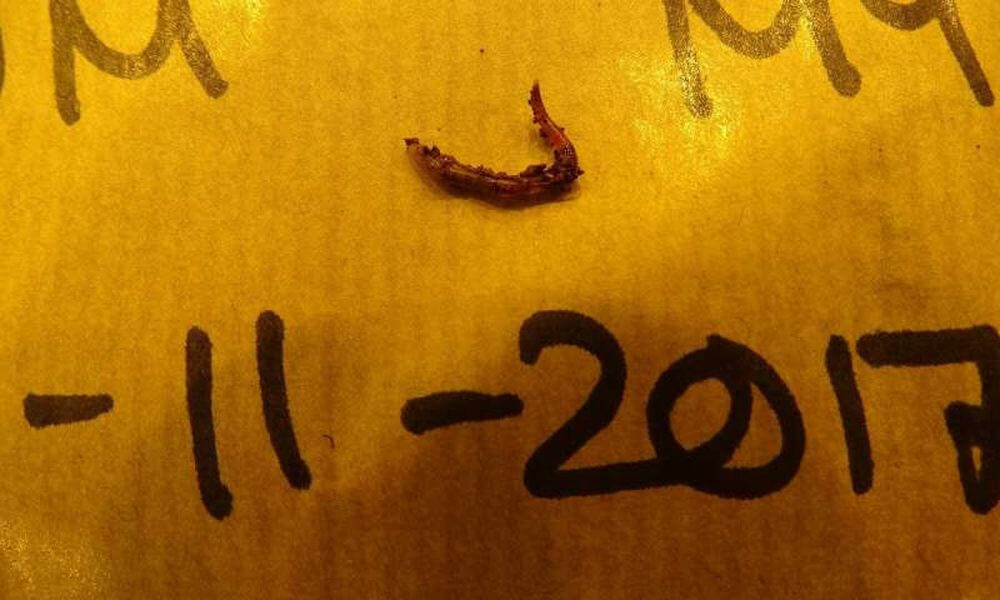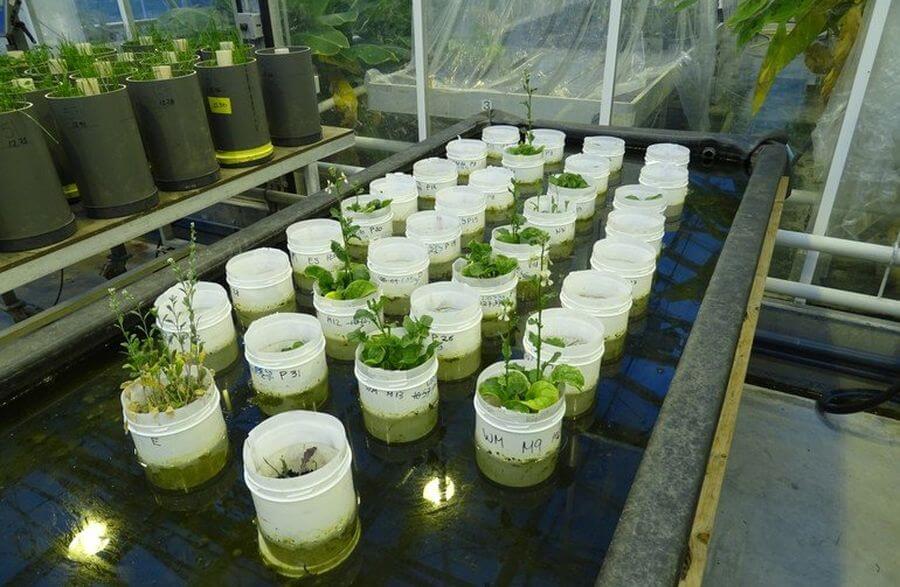
A very curious experiment was conducted by the staff of Wageningen University in the Netherlands. They asked the American space Agency NASA, a copy of the Martian soil, recreated on the basis of data obtained from several Mars missions, and then placed in the ground a few earthworms. This experiment is very important from the point of view that he will allow us to understand whether people will be able to survive in the unfamiliar conditions of an alien planet, will they be able to use the Martian soil for growing different plants. And the results of the experiment suggests that it is not so bad on the red planet.
The possibility of creating agricultural ecosystems on Mars is critical to future Mars missions. And earthworms play in all of this is not the last role. Because they are able to absorb dead at first glance, the soil and rework it into suitable for cultivation of various crops the ground. And this problem is not solved just as in the movie “the Martian” by using waste of the astronauts. The researchers were able to grow in the “simulator of the Martian soil” lettuce varieties, arugula, and maybe it was once in the ground put a few earthworms.

But the most pleasant surprise for the scientists was the fact that after a while in simulated Martian soil, they found two young hearts, and it means that the segmented worms are quite capable of reproduction even in the unfamiliar environment. Of course, we are talking about soil that will be placed in special facilities for the cultivation of agricultural crops, which is planned to be built on Mars. Open the Martian soil earthworms will survive is unlikely.
To feed astronauts during missions on Mars and the moon, scientists from different countries joined forces in the framework of the project “Food for Mars and Moon”. It is based on the possibility of breeding crop species with a proper for this soil and the possibility of extraction of water (including ice). For the most part all earthly experiments are based on simulation alien soil, which recreate NASA experts in their laboratories, and then provide these materials to researchers. To date during the experiments was grown dozens of different plants (beans, radishes, tomatoes, potatoes, lettuce, carrots, etc.) that generates a belief in a bright future expeditions to distant planets.
Earthworms are able to live and reproduce in the Martian soil
Sergey Grey